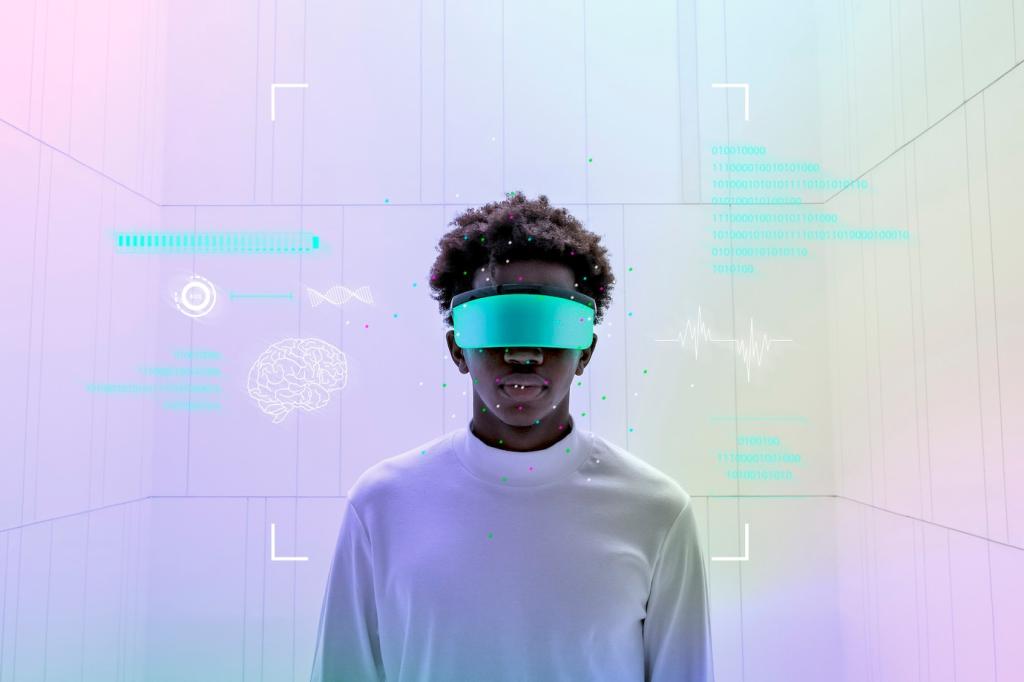This website uses cookies so that we can provide you with the best user experience possible. Cookie information is stored in your browser and performs functions such as recognising you when you return to our website and helping our team to understand which sections of the website you find most interesting and useful.

Artificial Intelligence: Revolutionizing Modern Interior Design
Artificial Intelligence (AI) is fundamentally transforming the world of interior design, ushering in a new era of creativity, efficiency, and personalization. Once solely the realm of skilled designers, interior design now benefits from AI-powered tools that augment human imagination, expand the limits of innovation, and dramatically streamline the design process. With its ability to process incredible volumes of data, detect patterns, and predict user preferences, AI is both an inspiration engine and a practical assistant for professionals and amateur decorators alike. As AI technologies evolve and become more accessible, the boundary between technology and aesthetics continues to blur, enabling smarter, more beautiful living spaces perfectly tailored to individual lifestyles.
AI-Driven Inspiration and Creative Ideation
Instant Concept Generation
Style Synthesis and Trend Analysis
Adaptive User Customization
Personalized Spaces with AI Enhancement
Smart Customer Profiling
Emotional Design Integration
Predictive Living Space Solutions
Streamlining the Design Process

Real-Time 3D Rendering

Intelligent Augmented Editing

Multi-Sensory Experience Simulation

Intelligent Material Selection


